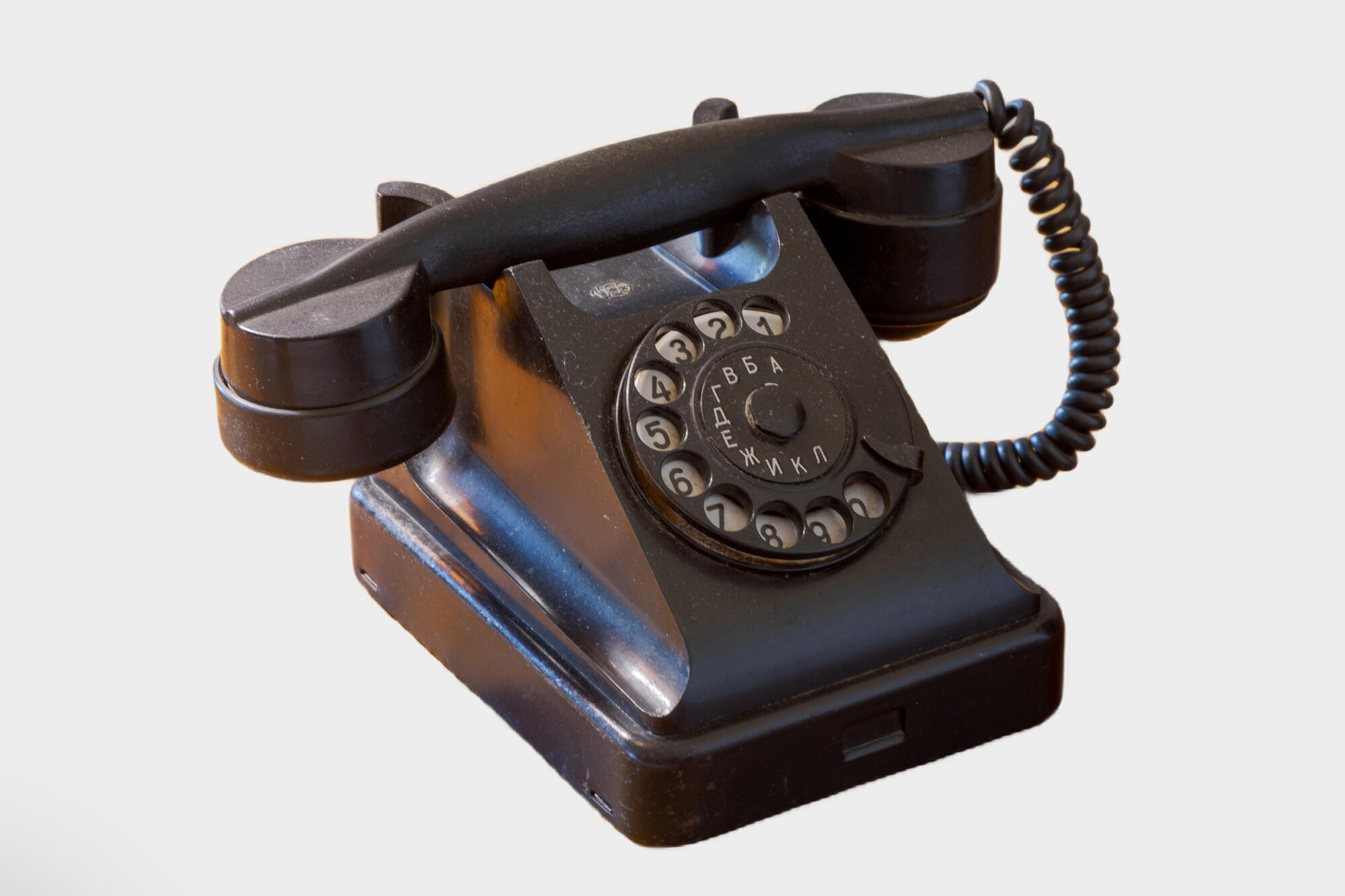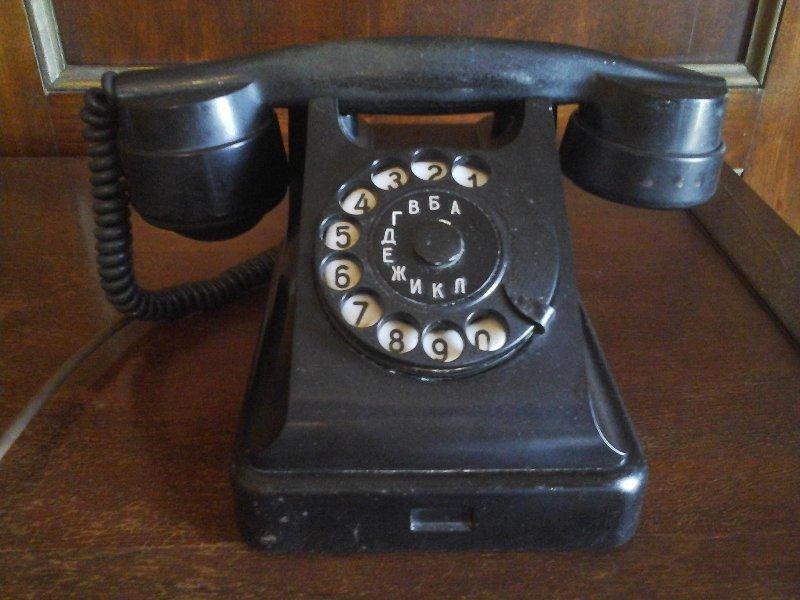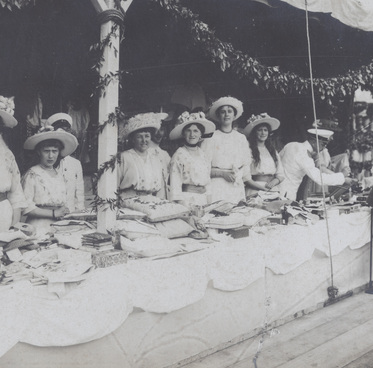The “Bagta-50-ATS” table telephone from the collection of the Livadia Palace Museum was the most mass-produced model after the war. It was in use in state institutions and standard households throughout the country. The telephone was first produced in the 1950s at the Riga State Electrotechnical Factory “VEF” in the Latvian SSR.
The VEF factory in the Latvian SSR was a leading manufacturer of automatic telephone exchanges (ATS), telephone switches, telephone sets, broadcasting and receiving sets. The factory buildings and the adjacent quarter were built at the turn of the 20th century. The factory was officially opened in April 1919, but the peak of its growth was reached during the Soviet era. Specializing in electronics, the VEF factory was one of the largest enterprises in the country. In 1950 the Riga Electric Light Bulb Factory was established on the basis of VEF’s electric light bulb production shop. In 1963 the production of military switching equipment was transformed into a separate facility. The “Commutator” plant was created on the basis of one of VEF’s workshops, where military switching equipment was produced. The best specialists from all over the country worked at the plant. In 1966 the plant was awarded the Order of Lenin, in 1969 it was given the name of Vladimir Ilyich Lenin, and in 1985 it was honored with the Order of the October Revolution. In the 1990s, VEF was largest electrotechnical company in Latvia. However, in 1999 the plant was privatized, reorganized, and virtually ceased to exist.
The displayed “Bagta-50-ATS” is a public telephone and consists of a microphone handset with a cord, a telephone casing, inside which there are calling devices, a switching device, additional components and units associated with the operation of the device and its circuitry, as well as a disk dialing unit. The casings of the handset and the phone are manufactured from black bakelite, the base, made of sheet steel, is covered with a durable mechanical varnish.
The VEF factory in the Latvian SSR was a leading manufacturer of automatic telephone exchanges (ATS), telephone switches, telephone sets, broadcasting and receiving sets. The factory buildings and the adjacent quarter were built at the turn of the 20th century. The factory was officially opened in April 1919, but the peak of its growth was reached during the Soviet era. Specializing in electronics, the VEF factory was one of the largest enterprises in the country. In 1950 the Riga Electric Light Bulb Factory was established on the basis of VEF’s electric light bulb production shop. In 1963 the production of military switching equipment was transformed into a separate facility. The “Commutator” plant was created on the basis of one of VEF’s workshops, where military switching equipment was produced. The best specialists from all over the country worked at the plant. In 1966 the plant was awarded the Order of Lenin, in 1969 it was given the name of Vladimir Ilyich Lenin, and in 1985 it was honored with the Order of the October Revolution. In the 1990s, VEF was largest electrotechnical company in Latvia. However, in 1999 the plant was privatized, reorganized, and virtually ceased to exist.
The displayed “Bagta-50-ATS” is a public telephone and consists of a microphone handset with a cord, a telephone casing, inside which there are calling devices, a switching device, additional components and units associated with the operation of the device and its circuitry, as well as a disk dialing unit. The casings of the handset and the phone are manufactured from black bakelite, the base, made of sheet steel, is covered with a durable mechanical varnish.



